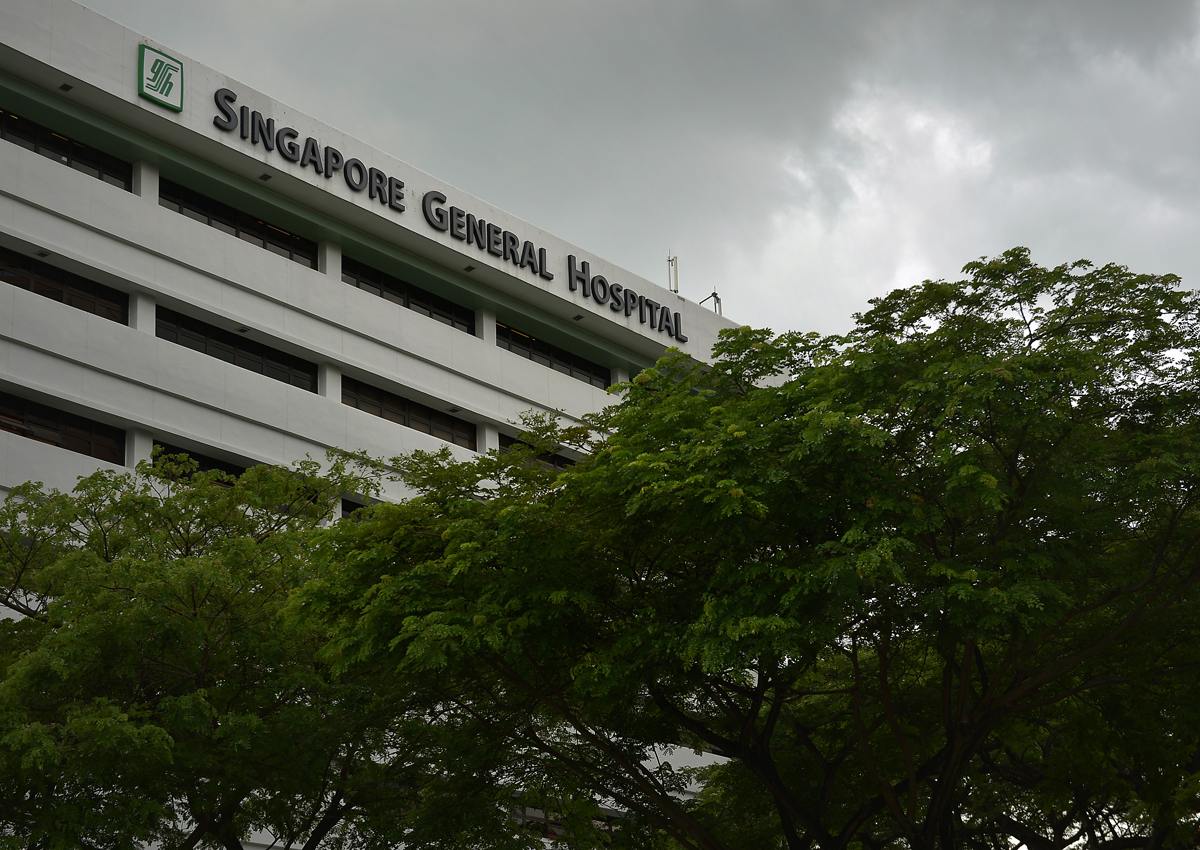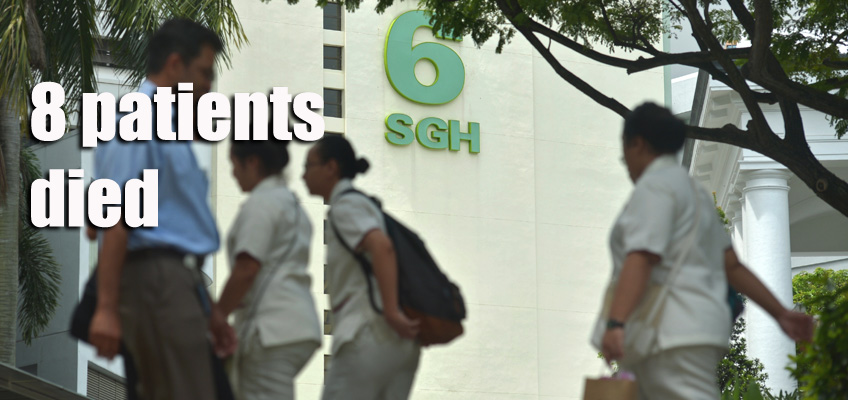Why do I feel let down by the press releases from the Ministry of Health (MOH) and the Singapore General Hospital (SGH) that should have provided closure to the Hepatitis C outbreak at the hospital?
That outbreak infected 25 patients over several months last year. Eight patients died, and seven of those deaths were possibly linked to the infection.
The findings of the two teams looking into the action of people at MOH and SGH had been long awaited. The public had expected to know whether anyone was at fault, and if some of those infections and deaths could have been prevented.
The findings should have gone a long way towards restoring the badly dented reputation of SGH, which describes itself on its website as “Singapore’s flagship tertiary hospital with a history and tradition of medical excellence spanning two centuries”.
Instead, all we were told this week was that disciplinary action has been taken against 16 (unidentified) senior-level people, and that the action included “warnings, stern warnings and financial penalties”.
That tells us there were people at fault. In fact, 16 of them in positions of power could have done better.
But it does not tell us who these people were, how they were at fault, and what disciplinary action has been taken against each of them.
When asked for details, the MOH spokesman said: “Adhering to staff and patient confidentiality norms, we would like to assure the public that the staff who were involved in the incident have been disciplined accordingly.
“The disciplinary actions were decided based on the specific roles, responsibilities and job nature of the officers, as well as the nature of the incident and the impact of their actions in this episode.”
Patient confidentiality, one can understand. But staff confidentiality?
The public had expected transparency and accountability.
Instead, what it got was roughly: “We’ve looked into it and taken action. You don’t need to know anything more. Just trust us to do the right thing.”
Just as those 25 patients trusted SGH to do the right thing by them when they sought treatment there.
Staff confidentiality has no place when people have died because of something those 16 people did or failed to do.
Patients go to a hospital to be cured, not to get an avoidable infection because staff were cavalier, or negligent, or inept.
Yes, hospital-acquired infections are unfortunately common, and people do catch them and die as a result. But this was not a case of an airborne bug which spreads easily.
This, according to the Independent Review Committee set up by the MOH, was likely due to “gaps in infection prevention and control practices”.
The most likely scenario was the blood-borne virus was spread, as a result of actions of hospital staff, from one patient to another, and another, and, well enough “others” for 25 patients in all to be infected.
Then, when the hospital realised something was wrong in May, it took them a long time to stop the spread, with the last infection believed to have taken place in June.
The committee concluded that “the outbreak was not investigated and managed optimally”.
If the outbreak had been dealt with “optimally”, how many lives could have been saved?
People in senior positions are expected to deal with problems when they arise. Obviously, some did not live up to their responsibilities. Should they still remain in those positions?
If the answer is yes, and it is always possible that it is, then at the very least, explain why it is so. That would also be fairer to those involved, for otherwise, they will always live under the shadow of – at the very least – incompetence.
Furthermore, by keeping the names of people at fault a secret, doubts are now cast on innocent people at the MOH and the SGH – which is totally unfair on them.
Staff confidentiality has no part to play when there is such a serious breach of patient care. It casts doubt on the value placed on the seven lives lost.
When Private Dominique Sarron Lee died in a training session, the officers in charge of the training were named and their actions leading to the death were made public. However, Mindef did not reveal the disciplinary action taken, leading to an outcry from the public.
This time, even the question of whether SGH’s chief executive officer was one of the 12 “staff in leadership positions” who were disciplined, was not answered.
When doctors are hauled up before the Singapore Medical Council and found guilty, not only are the doctors named and their actions spelt out, the tribunal also takes the time to explain how and why they arrived at their decision.
This includes all extenuating circumstances.
Doctors hold people’s lives in their hands. They must be held accountable for their actions if they fail to uphold this. The same goes for senior ministry officials.
It bears repeating: 25 people were infected and seven deaths were possibly caused by the outbreak.
Tell us, was it caused by laziness, negligence or ineptitude – or something else altogether. Tell us also that this incident is viewed seriously by spelling out the actions taken.
If people are left with the impression that doctors and ministry officials get special protection no matter what they do, then confidence in the system will be badly eroded.
salma@sph.com.sg
Related: Hep C ’caused or contributed’ to deaths of 7 kidney patients

This article was first published on March 19, 2016.
Get a copy of The Straits Times or go to straitstimes.com for more stories.







